How to Use Containers for Organizing in Your Home

Today we're going to be talking about containers for organizing. Containers are one of the fundamental building blocks of organizing as a minimalist. I want to challenge you to think about containers as one of the most important tools that you have in your organizing toolbox.
1. What are containers?
Containers are meant to contain. The word ‘contain’ literally means to set a limit. Limits, when it comes to organizing, are very important. It’s no big secret that when you limit the amount of belongings you have, it is much easier for you to keep things well-maintained and in order.
While a lot of people only think of containers as a place to put things, that's only part of the equation. Containers really create boundaries. Boundaries help create limits.
Let’s look at this concept from a much more broad perspective. Think about your home. Your home essentially is also a container. You've probably never thought of it that way, but it does contain your belongings. It also sets a limit on how much you can keep inside of it.
Break it down further and think of each individual room in your home as a container. Let’s think about the times that we have felt overwhelmed by the mess or clutter inside of an individual room and couldn't figure out why that was the case. It is likely we tried to put too much inside of the limiting boundary of how much the room could hold.
2. Setting limits
What about those smaller containers in your home such as closets, cabinets, and drawers? These spaces can easily become overwhelmed and overfilled if we're not careful.
While it is definitely easier to overfill a container of this size than it is to overstuff your entire home, I would argue that being able to manage your limits and your boundaries at this level is going to really filter through.
If you're not able to keep this size of the container under control, your home eventually will suffer as well.
Let’s use some Legos as a way to illustrate some of these ideas. Legos can't just be left to lie on the floor. They need some sort of containment.
What typically happens is a person will go to the store and purchase some sort of container. When there are too many Legos to fit in the container we buy a bigger container.
What happens once the bigger container gets filled up? We are not keeping boundaries on ourselves. You can see how this could apply to our homes for a variety of different items.
Pretty soon we start feeling that maybe our house isn't big enough. We need a larger house. We need more storage because we don't have space for the things that we have.
In reality, we're just not understanding boundaries. That's what's causing us to feel overwhelmed. We haven't set a limit on how much we can keep of any given item.
While the idea of setting limits or boundaries might seem restrictive, these boundaries will bring you peace of mind. Knowing how much you can comfortably hold and what you are able to keep will make your life easier. The key is to set the boundaries for yourself and then stick to them.
3. What it means to be full
I also want to give a quick word of caution and discourage you from filling your containers until they are bursting at maximum capacity. It might be tempting to put things into a container and really shove them in so that you can avoid deciding what to get rid of. This is a dangerous path to go down.
We have this skewed idea of what full really means. We think full means bursting at the seams filled to the max. We should still be able to easily access what we have in our containers and be able to see what’s inside. That’s not going to be the case if everything is jampacked in that space.
4. Containers within containers
I want to share a few different ways that we use containers in our home and show you how they help us to stay organized. One unique way that we use containers in our home is within our closets. The closets themselves are containers, but we also think about our hangers as containers as well.
We have a set number inside each closet. That is the max number of clothing articles that we can have inside there. If I purchase a new shirt and bring it home and there are no available hangers, I know something inside of the closet is going to need to be decluttered.
We also have found that using smaller containers to further divide larger-containing spaces is very helpful. It helps us to really categorize where each thing is going to go.
Our junk drawer is a great example. This is where we keep things like pencils, tape, and all sorts of miscellaneous items. Having smaller organization containers within the drawer really helps to make sure that we maintain the organization within this larger container of the drawer.
We keep a basket by our couch. That is where we keep all of our blankets for the living room. If we are sitting on the couch reading a book and we want to snuggle up with a blanket, it's great to have one easily accessible. I know that if that basket starts to overfill I'm going to need to reevaluate its contents and decide which things I want to keep.
How to use containers for organizing
I hope this gave you a bit more insight into containers, how to think about them and use them properly. Although they do set limits and boundaries, those boundaries don't need to be restrictive. They can actually be quite freeing.
If you are someone who struggles with clutter in your home, consider reframing your understanding of containers and limits.
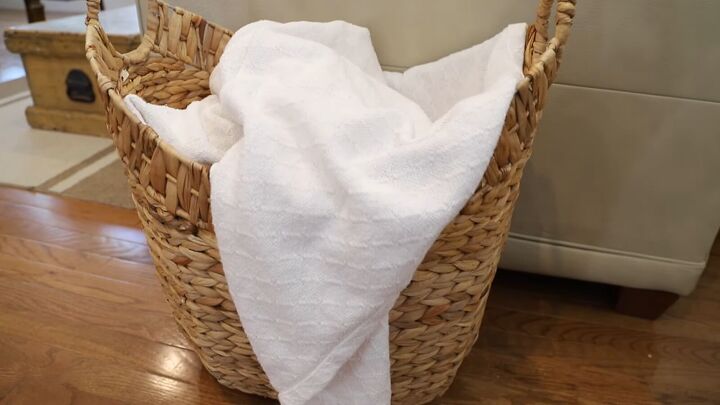




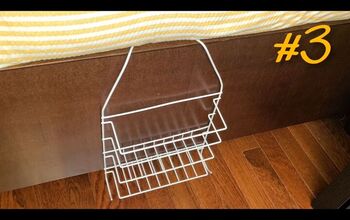

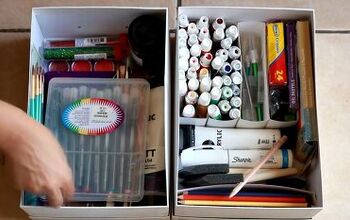
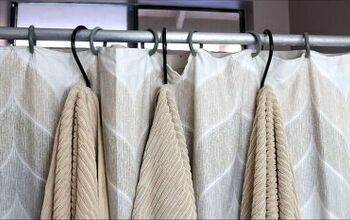
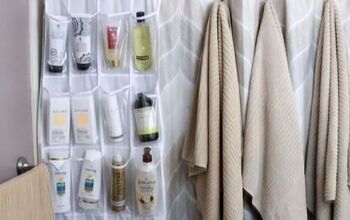
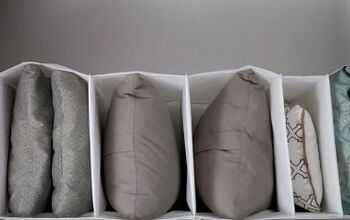
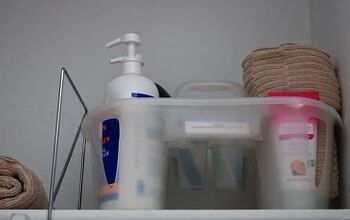
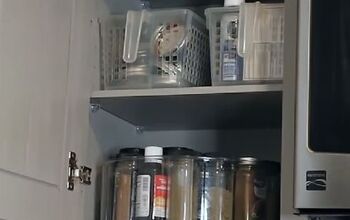
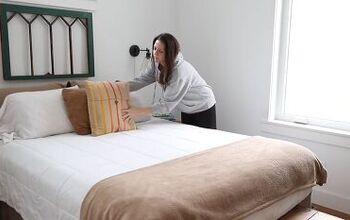
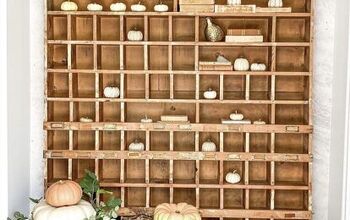
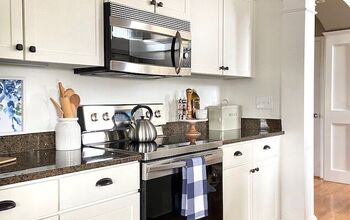




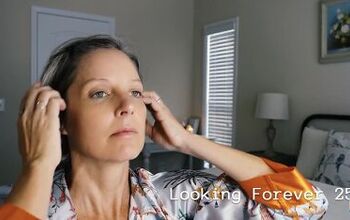

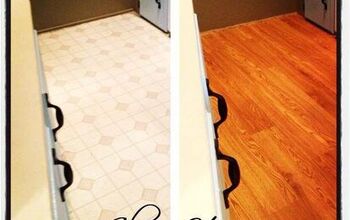
Comments
Join the conversation
Well written and kept my interest. Great insight into something we think is so simple 😁🧸